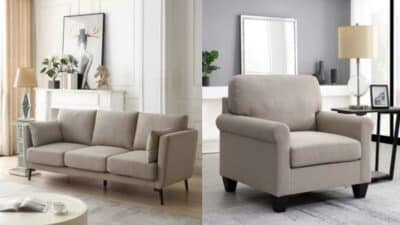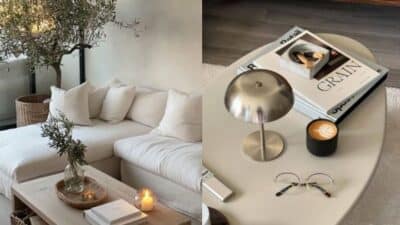Side tables are often underestimated in the world of home decor, but they play a crucial role in balancing aesthetics and functionality. Whether you’re decorating a cozy living room, refreshing your bedroom, or upgrading your reading nook, the right side table can add character, convenience, and cohesion to your space. But with so many styles, sizes, and heights to choose from, how do you select the perfect one?
In this article, we’ll guide you through everything you need to know about choosing the right height and size for your side table. Whether you’re placing it next to a sofa, bed, or accent chair, these practical tips will help you make a confident decision that blends seamlessly into your home. And if you’re looking for beautifully crafted pieces to complete your space, Styles Cape is offering a curated selection of side tables in various sizes, heights, and finishes to suit every room and style.
Why Height and Size Matter
Before diving into measurements and placements, it’s important to understand why the size and height of a side table matter in the first place. A table that’s too tall or too short can be uncomfortable to use. A piece that’s too large can crowd the space, while one that’s too small may look disproportionate and offer little function.
The goal is to ensure that your side table complements your furniture and lifestyle. It’s not just about aesthetics it’s also about ease of use, traffic flow, and maximizing your space effectively.
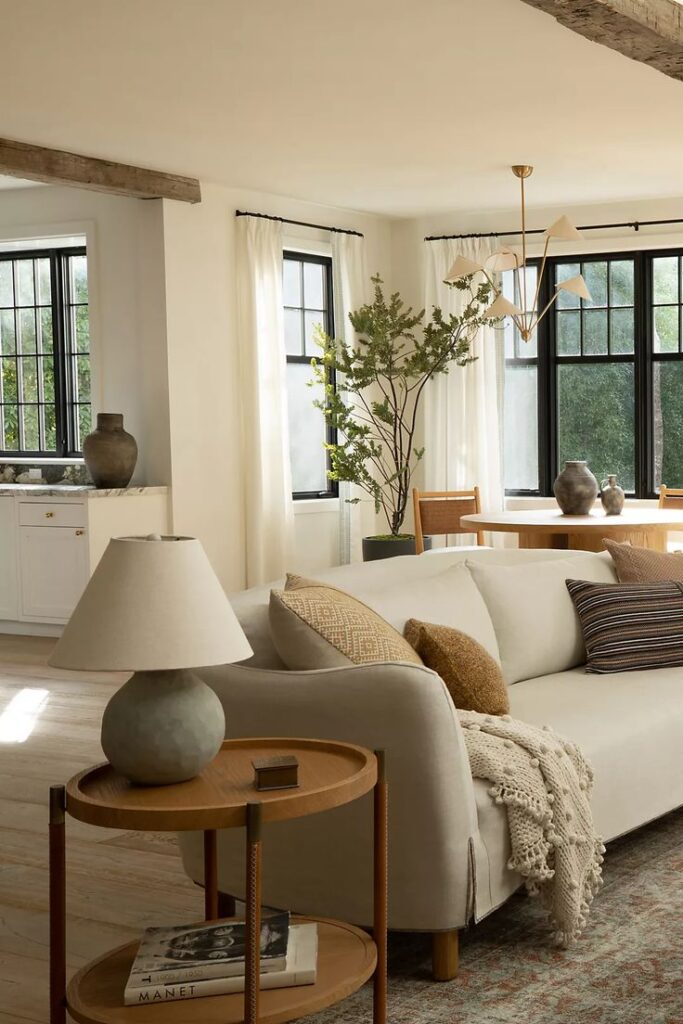
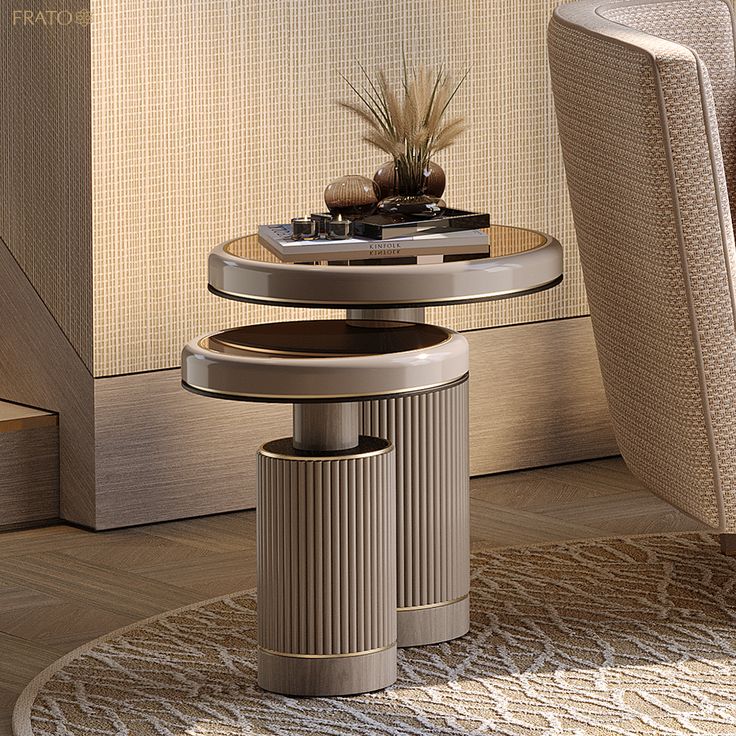
Choosing the Right Height
The general rule of thumb for side table height is that it should be within 2 inches of the height of the arm of the sofa or chair it’s next to.
- For Sofas or Armchairs: If the arm of your couch is 24 inches high, your side table should be between 22 to 26 inches tall. This range allows for comfortable reach without straining up or bending down to grab a cup of coffee or book.
- For Beds: When placing a side table or nightstand beside your bed, try to match it with the top of your mattress. This usually falls between 24 to 28 inches, depending on your bed frame and mattress thickness.
Why is this important? A table that’s too high will feel awkward and look out of balance. A table that’s too low can be just as frustrating, especially when you have to lean far over to access anything on it.
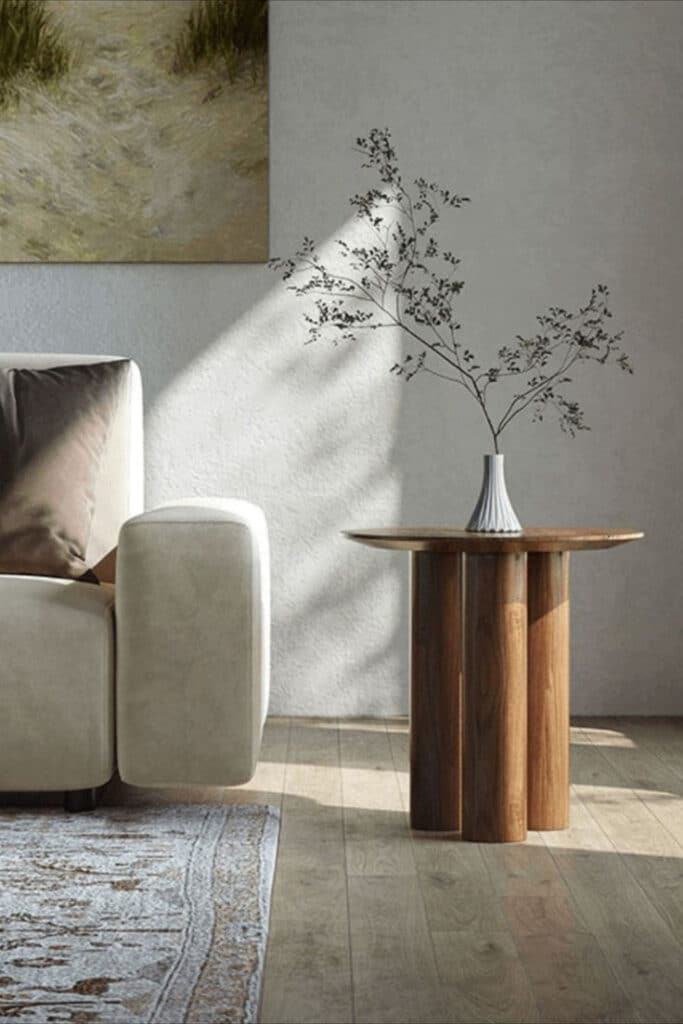
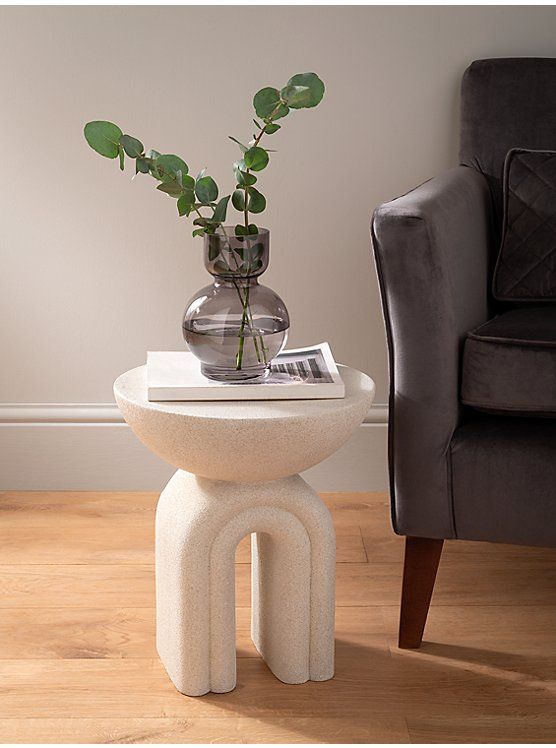
Picking the Perfect Width and Depth
Once you have the height figured out, it’s time to consider the surface area—how wide and deep the table should be. This depends largely on what you intend to place on it and the size of the surrounding furniture.
- In Living Rooms: If your side table will primarily hold a lamp and a few decorative items or drinks, look for something between 18 to 24 inches wide. A table that is 18–22 inches deep typically offers enough space without overwhelming the seating area.
- In Bedrooms: For nightstands, the ideal width is 20 to 30 inches depending on the size of your bed and room. A king-sized bed looks best with a larger nightstand, while a smaller bed (like a twin or full) pairs better with a narrow side table.
- In Tight Spaces: If you’re furnishing a small space or placing a table between two chairs, consider minimalist designs with narrow profiles—some even as slim as 12 inches in width can work if space is limited.
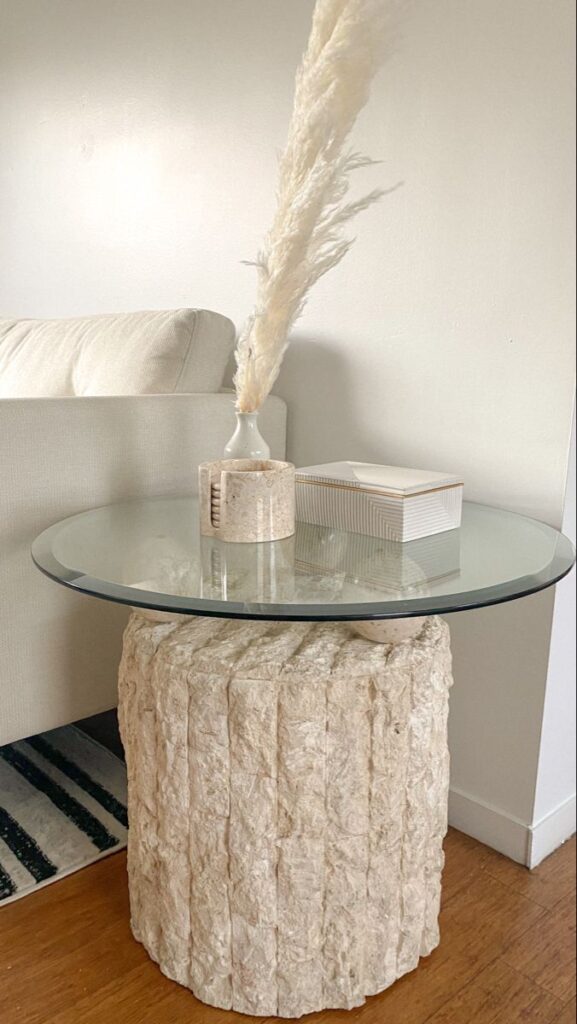
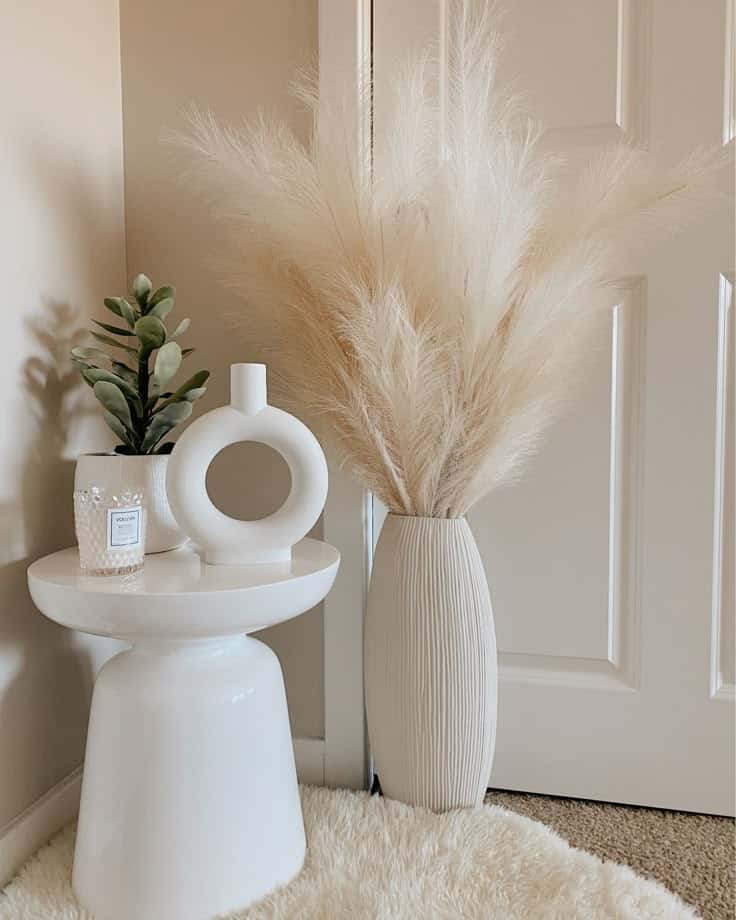
Don’t Forget Proportions
A common mistake is choosing a table that’s too bulky or too petite compared to the furniture around it. The side table should not overpower your seating or appear dwarfed by it.
Here’s a quick trick: your side table’s size should be about two-thirds the depth of your sofa or chair. For example, if your sofa is 36 inches deep, aim for a side table that’s around 24 inches deep or less.
Also, if you’re placing a lamp on the table, make sure the lamp’s height is in proportion to the table and the rest of the room. A tall table with a tall lamp can look top-heavy and awkward.
Consider Functionality
Your lifestyle should play a big role in your decision. Think about how you use your side tables:
- Do you need extra storage? Opt for a side table with drawers or shelves.
- Do you move your table often? Choose a lightweight model or one with wheels.
- Want to save space? Nesting tables or multi-functional pieces like storage ottomans can double as side tables.
Also, pay attention to the materials. Glass tops feel light and airy—great for small spaces. Wood adds warmth and durability. Metal gives a sleek, modern vibe. Choose materials that match your lifestyle and existing decor.
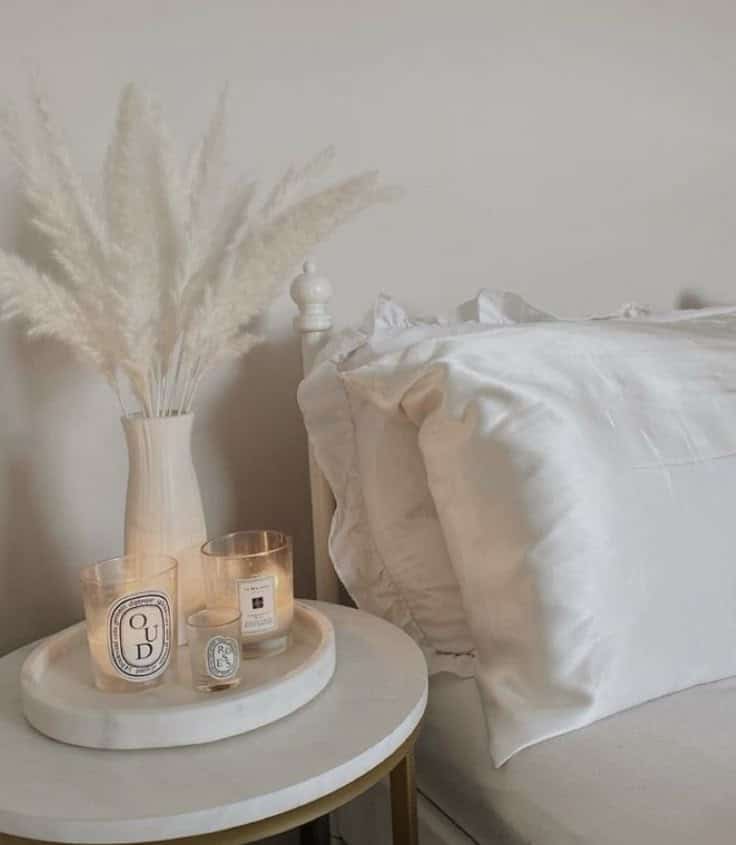
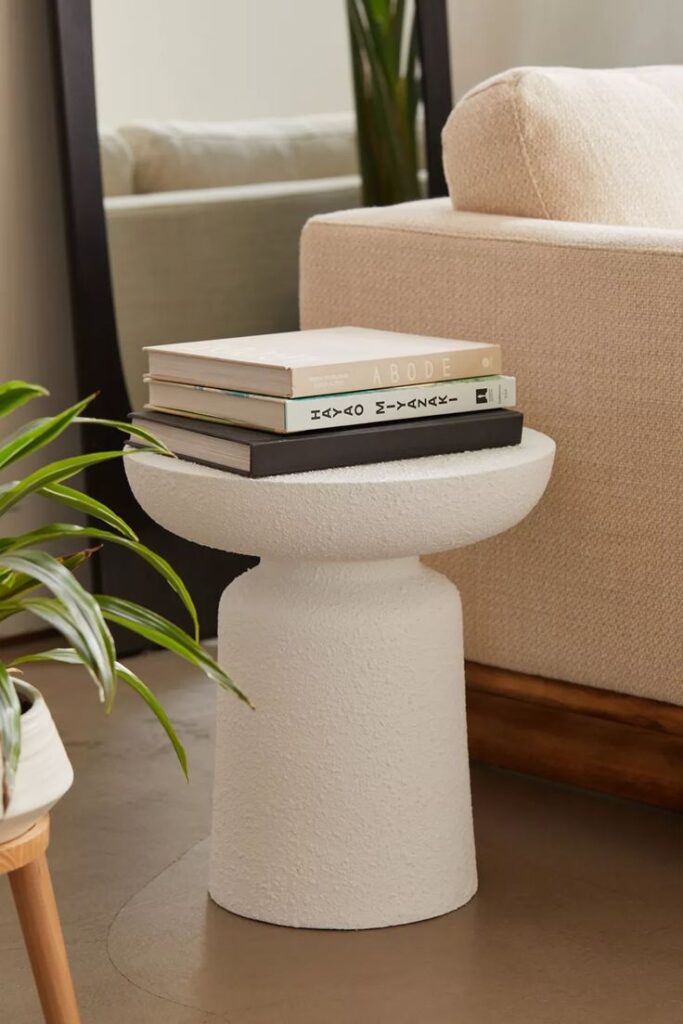
Final Tips for Success
- Measure twice: Always use a tape measure before buying. Visual judgment can be misleading.
- Mock it up: Stack books or use cardboard boxes to simulate different heights and widths before purchasing.
- Think in pairs: If your room layout is symmetrical, consider getting matching side tables for balance.
- Mind the gaps: Leave at least 18 inches between the edge of your sofa and the table if you’re not placing it flush against the arm. This allows for easier movement.
In Conclusion
Choosing the right height and size for your side table is about blending form and function. It’s a small piece that can have a big impact when chosen correctly. Take into account the height of your seating, the space available, your personal style, and how you intend to use the table. With thoughtful planning and the tips above, you’ll find the perfect side table that brings harmony and practicality to your space.
A well-chosen side table isn’t just an accessory—it’s a functional design statement that enhances the entire room.
- 12shares
- Facebook0
- Pinterest12
- Twitter0

